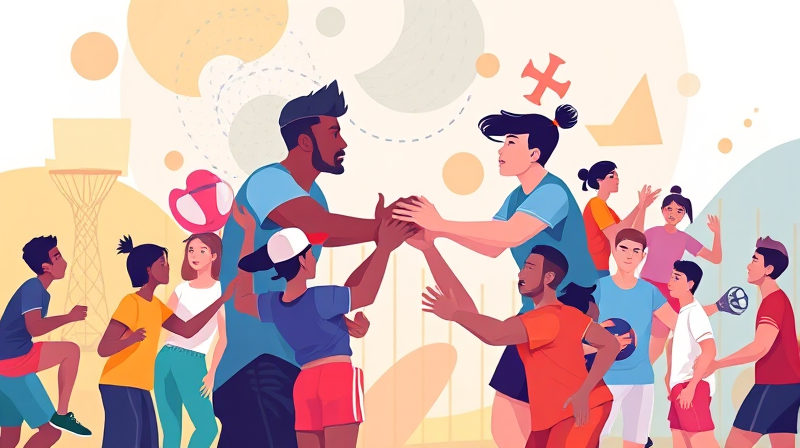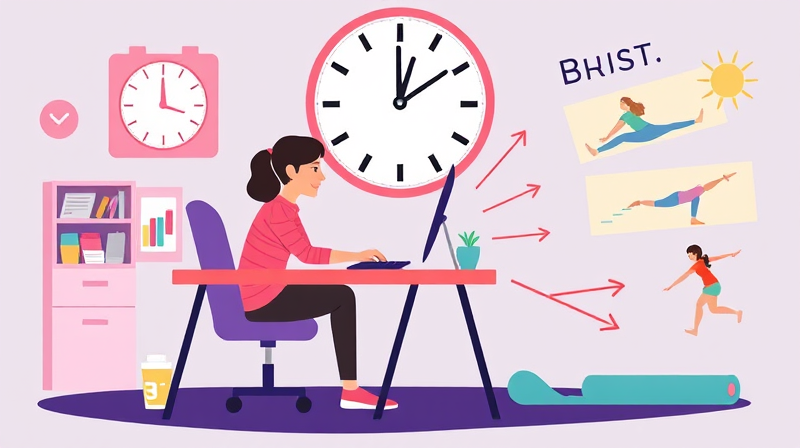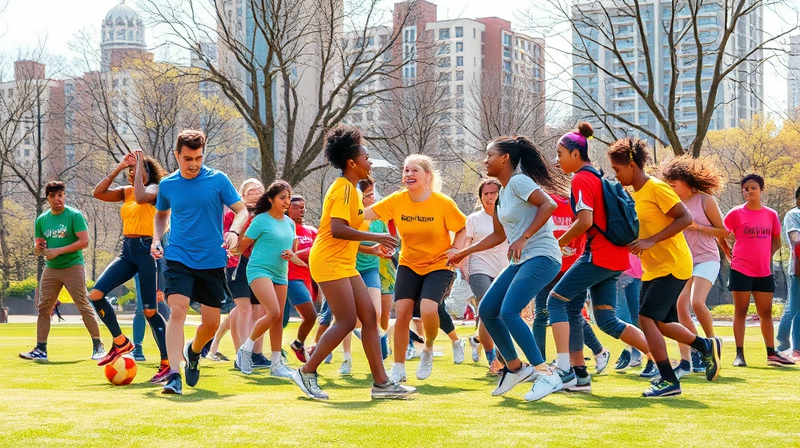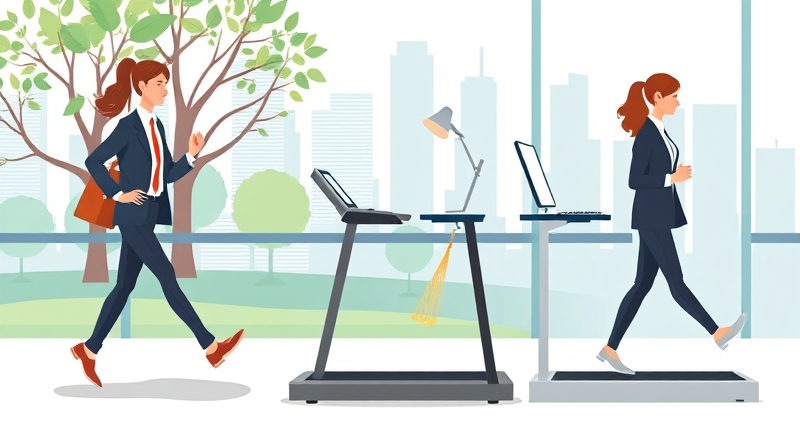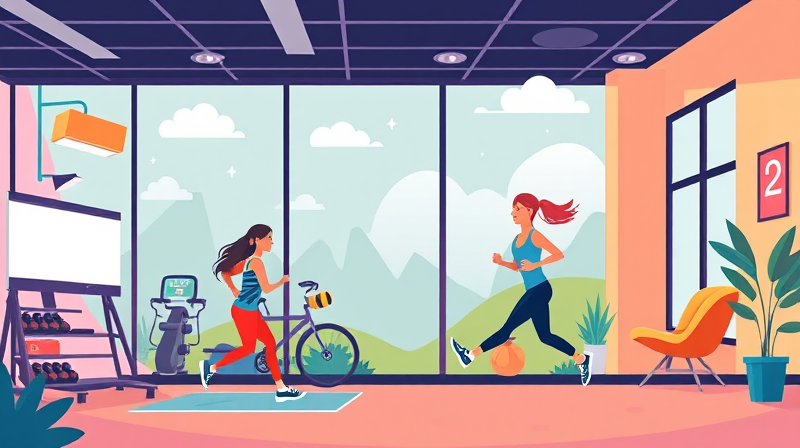Collaborative athletics is a revolutionary approach to sports that transforms the way teams are built and managed. In today's dynamic athletic environment, the emphasis on teamwork, shared leadership, and holistic growth is reshaping traditional practices and inspiring athletes to become well-rounded individuals.
This article explores the key concepts in collaborative athletics, highlighting the benefits of shared leadership, athlete development, age-appropriate training strategies, and the integration of sports within education. The goal is to provide readers with an inspiring understanding of how modern athletic programs are empowering athletes both mentally and physically.
The Power of Shared Leadership
Traditional leadership models in sports often relied on a single figure or captain to guide the team. However, recent research and practice have shown that a distributed leadership model enhances team dynamics and performance. In collaborative athletics, leadership responsibilities are shared among various team members, allowing each individual to contribute uniquely and effectively.
Modern sports teams are now recognizing the importance of different leadership roles:
- Task Leader: Focuses on tactical advice and making real-time adjustments during competitions.
- Motivational Leader: Provides the encouragement necessary for athletes to reach peak performance.
- Social Leader: Enhances team spirit and cultivates a positive atmosphere.
- External Leader: Manages communication with stakeholders such as management and media.
This model not only boosts team confidence and cooperation but also nurtures an environment where leadership skills are developed across the board, resulting in well-balanced social and competitive dynamics.
Developing Athlete Leadership
Recognizing the significance of leadership at every level, many sports programs are shifting their focus towards comprehensive athlete leadership development. Instead of just relying on designated captains, these programs integrate leadership training throughout a team's structure.
Athlete leadership development involves training that enhances crucial behaviors such as:
- Instruction and training techniques
- Encouraging democratic behavior within the team
- Delivering positive and constructive feedback
This process not only improves team dynamics but also fosters better communication and interpersonal relationships among teammates. Fostering leadership in every athlete helps create a powerful, interconnected network where every member is motivated to contribute to collective success.
The Long-Term Athlete Development Model
One significant framework that has influenced collaborative athletics is the Long-Term Athlete Development (LTAD) model. This model provides a structured pathway for athlete progression from early development to elite performance levels.
The LTAD model works through several distinct stages, each emphasizing specific skills and growth opportunities. These stages include:
- Active Start
- FUNdamentals
- Learning to Train
- Training to Train
- Learning to Compete
- Training to Compete
- Learning to Win
- Winning for a Living
- Retainment / Active for Life
This progression ensures that each athlete's development is seasonally aligned with their physical, cognitive, and emotional readiness. By focusing on age-appropriate training and challenges, the LTAD model has become a cornerstone for ensuring that athletes not only compete, but do so with a sustainable and enjoyable strategy for life-long performance.
The Role of Sports in Education
Integrating sports within educational curricula has far-reaching benefits that extend beyond physical health. Team sports in schools offer a platform for developing crucial life skills that are essential for academic and personal success.
Students who actively participate in sports experience benefits including:
- Enhanced academic performance
- Development of essential soft skills such as communication and teamwork
- Improved time management and organizational abilities
- Boosted self-esteem and an increased sense of community
- Promotion of inclusivity and respect for diversity
Recent data suggests that participation in sports is linked to higher graduation rates and improved academic outcomes, underscoring the educational value and the personal growth that comes from collaborative athletics.
Holistic Development Through Athletics
Beyond the physical aspects of sports, contemporary athletics programs are increasingly focused on the holistic development of student-athletes. This approach is designed to develop multiple facets of an individual’s life including health, education, and emotional well-being.
Holistic development in athletics is achieved by addressing various areas such as:
- Physical health and overall wellness
- Mental health and emotional resilience
- Social skills and teamwork capabilities
- Academic excellence and intellectual growth
- Personal character development and leadership
Programs that emphasize this broad approach help nurture athletes who are not only competitive in their fields but also equipped with the skills necessary to navigate everyday challenges.
For many athletes, the journey through organized sports is also a journey towards personal empowerment and self-discovery. The supportive, inclusive framework of collaborative athletics fosters a sense of belonging that can lead to improved performance and a lifelong passion for health and well-being.
In conclusion, the evolution of sports into a collaborative and inclusive framework represents a significant paradigm shift. By embracing shared leadership, comprehensive athlete development, structured long-term training models, and integrating a holistic approach in educational contexts, collaborative athletics is paving the way for a future where every athlete is empowered to achieve both personal and professional success.
This progressive model not only promotes excellence on the field but also builds an improved community off it. In a world where teamwork is essential, the principles of collaborative athletics remain a beacon of inspiration and progress.

